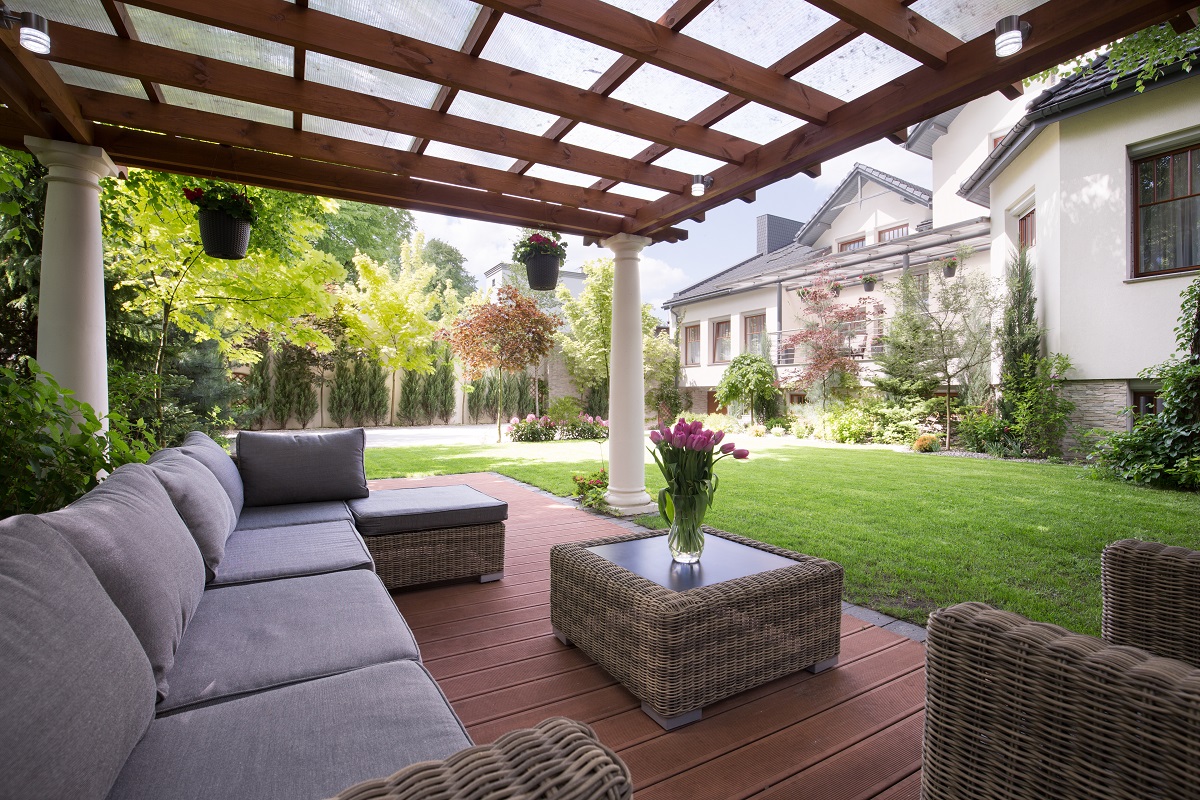The weather outside does not always match the weather inside your home. This is especially true with homes in coastal areas. The strong wind and rain batter coastal homes. Unless your home has the right tools, devices, and materials, you might be looking at tens of thousands’ worth of repairs every typhoon season.
People living in coastal areas know very well that sustained wind speeds can reach over 40 mph while wind gusts are even faster. Coastal winds pack quite a punch, especially during the typhoon season. Often, when these storms move inland, they knock down power lines, damage public and private properties, and cause cars and houses to flip over. Floods are also one of the biggest problems of properties in coastal areas.
Thankfully, there are many ways you can weatherproof your home. From weatherstripping the house to installing a metal roof, you can ensure the durability of your coastal homes with some changes. There are also weather-resistant homes that can withstand hurricanes, earthquakes, wildfires, storms, and strong wind. You can pick the features you and your contractor think are best for your coastal home.
Know Potential Threats
Before you begin planning how to weatherproof your home, make yourself aware of the potential threats in your area. How many hurricanes or storms pass by your location in a year? When do most of these happen? What’s the strongest wind gust that the area experienced?
Next, look at the perimeters of your home. Are there large trees there that could fall on your house during a hurricane? Look for broken fences, loose tree branches, and damaged roof shingles. You need to know what you are preparing for and what elements of your house need renovations and improvements.
Install a Metal Roof
Your roof suffers the most during extreme weather conditions. Strong wind can damage roof shingles, making your home more vulnerable to rain and leaks. Some winds are also powerful enough to rip the whole roof out of your home. This will not happen if you have a metal roof. You can talk with a metal supplier to find out how much it will cost to install a metal roof for your house.
Metal roofs have interlocking panels, which makes it resistant against strong wind. It is also fire resistant and can last for more than 50 years. Aside from its durability, metal roofs are also energy efficient. They keep the rooms cooler during summer.
Get Storm Windows
Older homes have storm windows that replace window screens during autumn and winter. Storm windows provide great insulation, as well as protection from inclement weather such as hails and strong wind gusts. It also creates an added layer of protection against the cold winter air. Speaking of windows, make sure to seal the sides of the windows.
Aside from storm windows, you can also cover your doors and windows with steel or aluminum storm shutters. These will protect your glass windows from shattering in case of pressure from the water and air. They can also prevent the windows from bursting open.
Use Flood-resistant Techniques
Even if you don’t live in coastal areas, floodwater can enter your home through leaks in the ceiling and water entering the basement. It’s one of the most dangerous and destructive natural disasters. For homes, it is also time-consuming and expensive. If you are weather-proofing your home, use flood-resistant building techniques.
First, you need to consider the elevation of your home. If it has a second story, consider using that as the main room. You can convert the first floor into a storage area, so there’ll be no important furniture, appliance, and documents there in case of a flood.
Next, you need to make the building watertight by sealing the gaps in the walls, doors, and windows, and ceilings. You also have to add shields and covers to the openings. Check also the drainage system and pumps. Make sure that they are functioning. For better protection, add secondary drainage and pumps.
Secure Your Outdoor Appliance and Furniture

If you have outdoor benches, barbeques, garden sheds, and sporting equipment, secure them to the ground. With strong wind, nothing is impossible. They can uproot trees and flip over entire homes, so a mildly strong wind can blow outdoor furniture away. You can use bolts, cables, and chains to tie down outdoor equipment. If possible, move everything inside the house.
Coastal living is an almost stress-free lifestyle. Imagine living near the ocean. You get to experience nature like never before. However, for you to completely enjoy this lifestyle, make sure that your home is resistant against strong wind, hurricanes, and storms.

